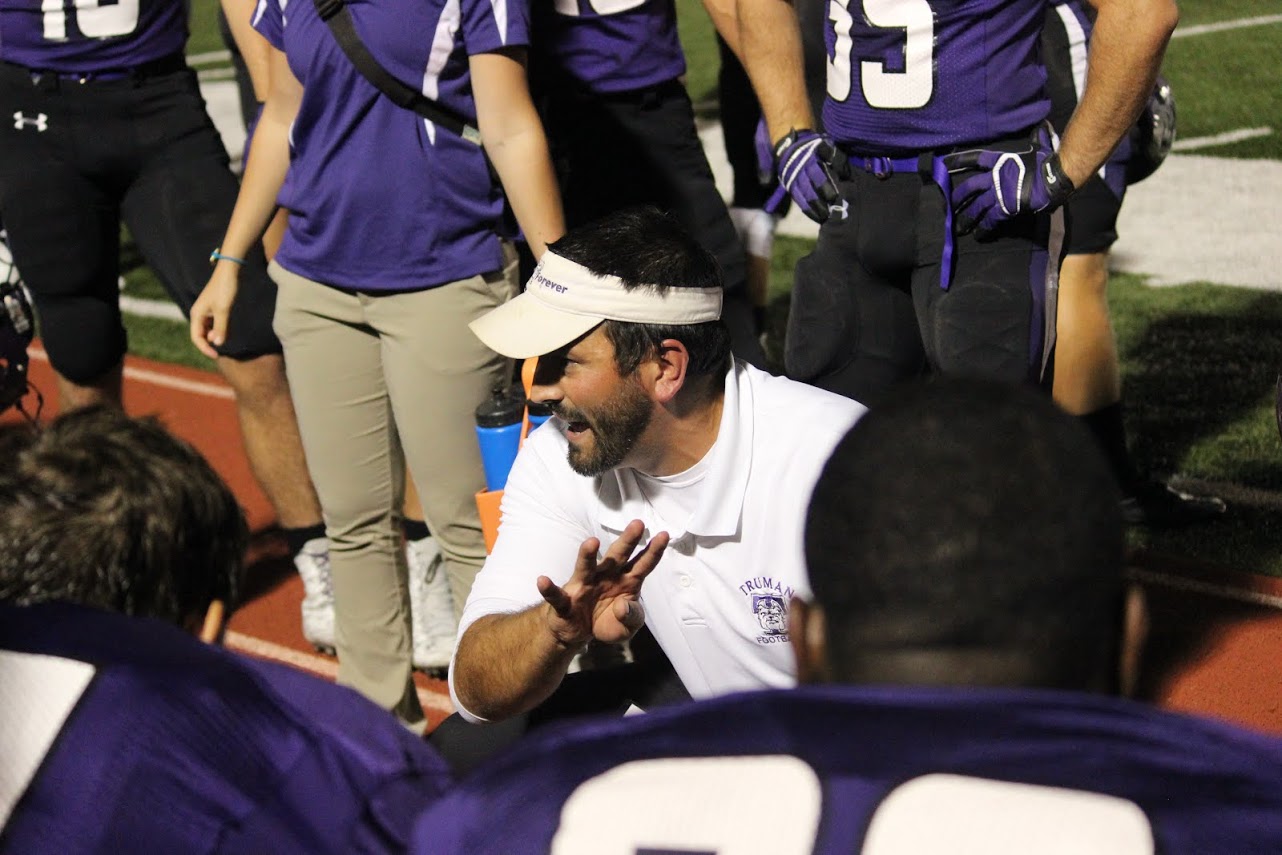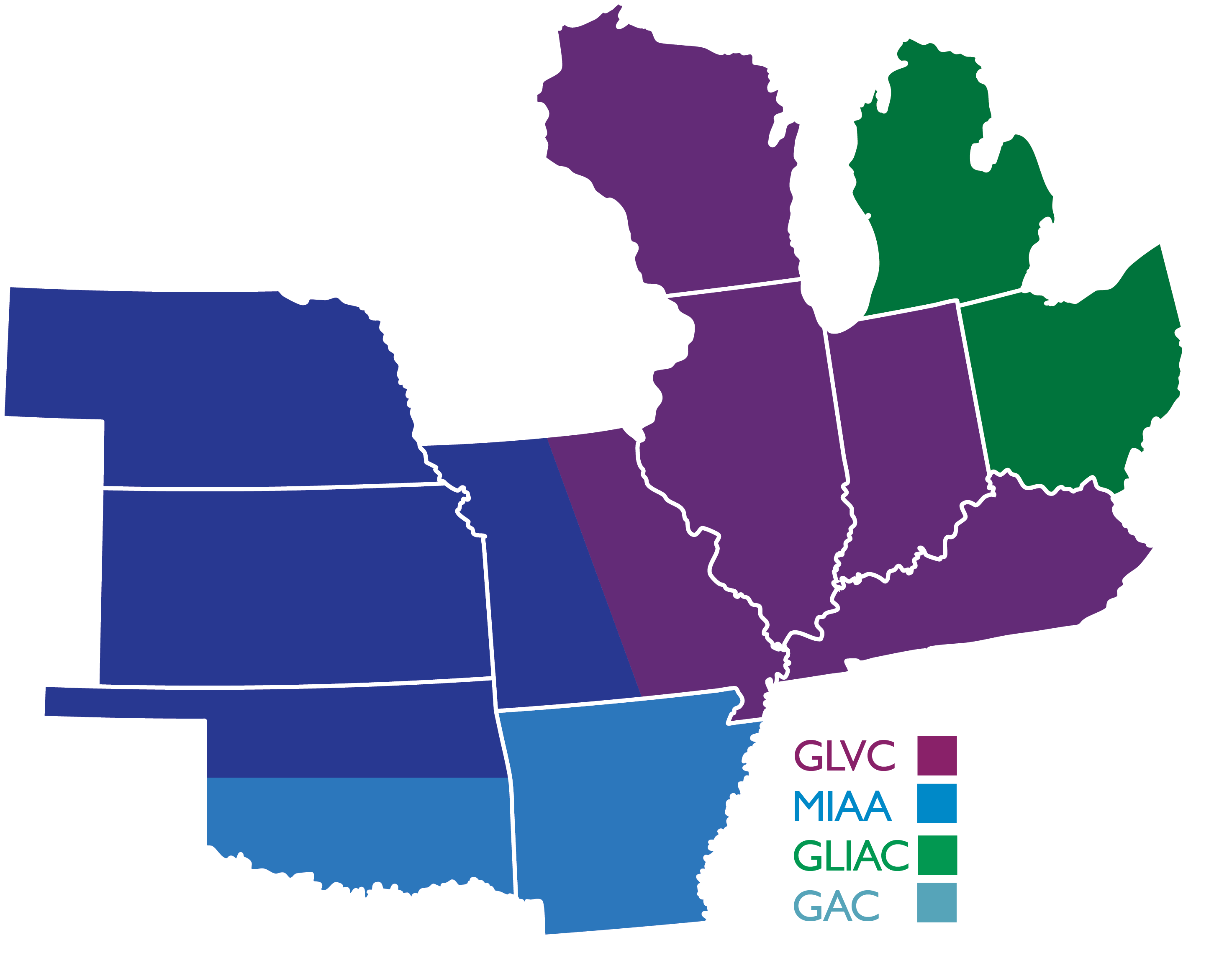
The NCAA has approved regional realignment within Div. II. Beginning during September 2017, the realignment model will reorganize football-sponsoring conferences into four super-regions based on geographic location.
Truman State and the rest of the teams in the GLVC are set to transition to super-region four, placing them with familiar teams in the Great Lakes Intercollegiate Athletic Conference, Mid-America Intercollegiate Athletics Association and Great American Conference. Truman Athletics Director Jerry Wollmering says this new plan was created because so many teams have shifted to different conferences. Wollmering said this movement required the NCAA to reorganize the super-regions and balance the distribution of teams per region.
“This year, one region hosted over 40 teams, while another only hosted 20-something,” Wollmering says. “No matter the size of the region, the same amount of teams from each region would make the playoffs under the current system. They’re trying to balance it so that teams in each region would have the same chances of making the playoffs.”
In addition to creating a more even chance of receiving an at-large bid, the new regions will offer fiscal benefits for the NCAA, depending on which teams make the playoffs. Wollmering says the goal of the new arrangements will cut costs on travel and rooming for regional participants.
Wollmering says in Truman’s region, there is the possibility of major savings in the geographical area.
“When you put the MIAA and GLVC in the same region, there’s all 14 of Missouri’s Div. II football schools,” Wollmering says. “Traveling across state is going to be easy travel compared to us now being in region with Texas’ Lone Star Conference. We’re now looking at bus trips to super-regional games instead of flights. And that would be the biggest savings — more bus trips, less flights.”
Wollmering says being geographically closer to regional schools also would make it easier to schedule regional opponents in non-conference regular season matchups. He said though this is a reasonable idea, Truman probably will not benefit from this perk.
“We’d love to play MIAA or GAC schools in our non-conference [football] schedule, but in these bigger conferences all 11 of their football games are conference games,” Wollmering says. “With current scheduling, there’s unfortunately no opportunity for us to match up with them [during the] regular season. And that will be our biggest challenge — trying to fill non-conference dates.”
Wollmering says Truman currently is matched up with the GLIAC. He says scheduling games even against GLIAC opponents will be more difficult, because six of its teams plan to change conferences during 2016.
GLVC Commissioner Jim Naumovich says the issue of scheduling in-region games will present a challenge for the NCAA selection committee. Naumovich says difficulties might arise when the committee decides which schools to award the three at-large post season bids. Naumovich says this issue makes the installation of automatic qualification of the conference champion more noteworthy for the GLVC. Naumovich says he thinks the new alignment will present a positive challenge for the conference, and he has a lot of respect and admiration for the three leagues joining the GLVC in region four.
“Especially talking about the GLIAC and MIAA, and the number of national championships that have come out of those leagues, it’s a pretty daunting task,” Naumovich says. “You know, we are the youngest D-II football conference in the country, having sponsored the sport for only four years, but as we set the bar higher we look to be competitive at the national level as well. I think it’s a challenge our coaches, student athletes and athletic directors will embrace as we look to further establish ourselves.”
For the full story, pick up a copy of the Index or click here to read online on Issuu.

